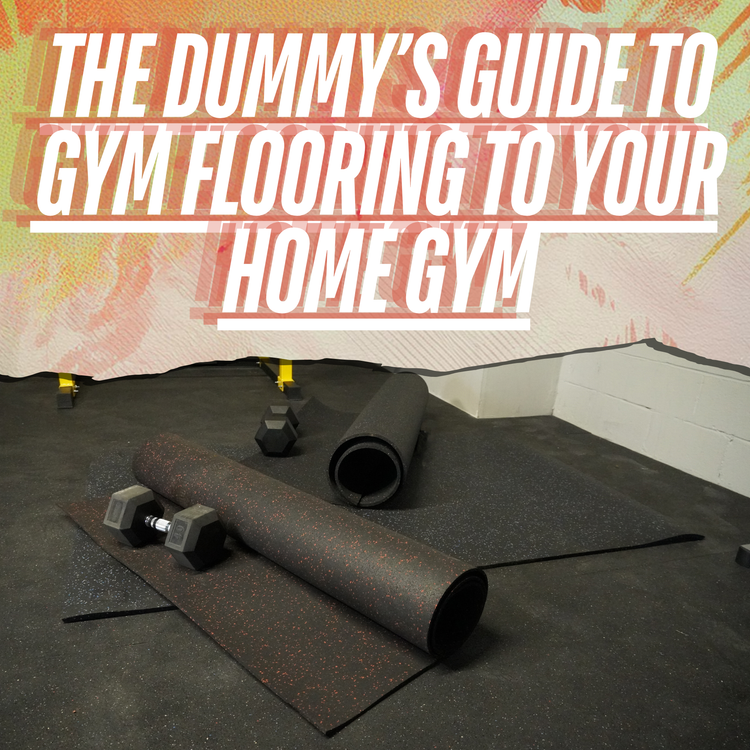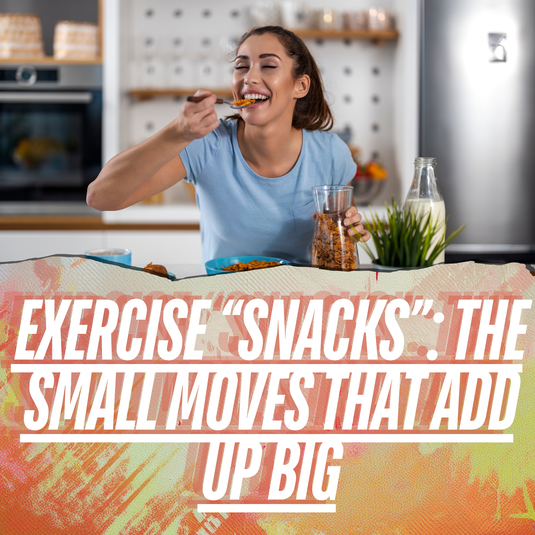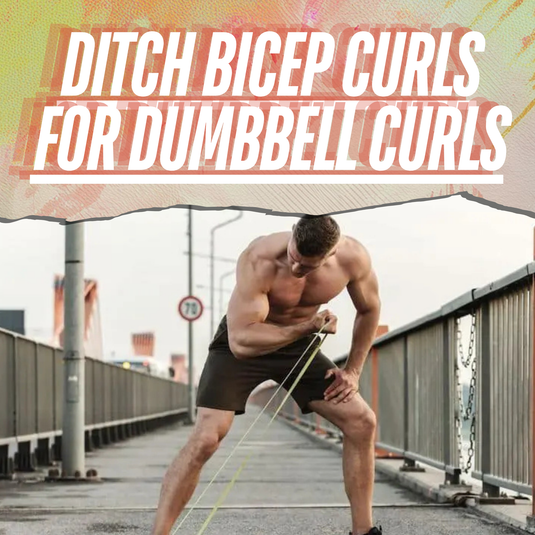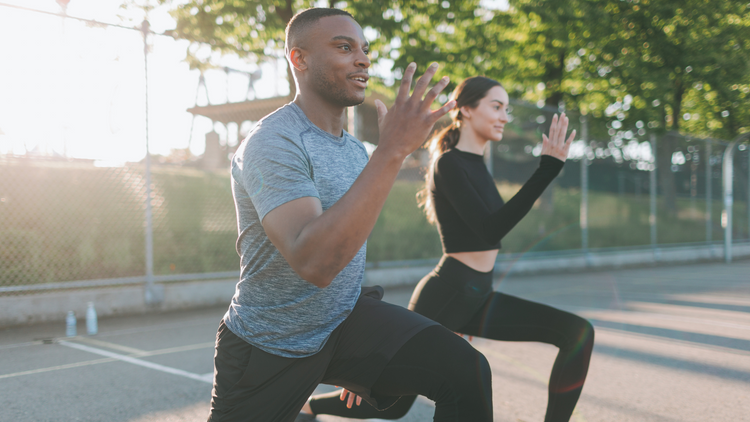The Ultimate Guide to Rubber Gym Flooring: Includes Flooring Thickness Recommendations

⏱️ Estimated Read Time: 6 minutes
🧠 TL;DR
- The Ultimate Guide to Rubber Gym Flooring: Includes Flooring Thickness Recommendations offers effective, accessible movements for targeted results.
- This guide is designed to help you move smarter, build strength, and stay consistent.
✍️ Summary
This post explores the ultimate guide to rubber gym flooring: includes flooring thickness recommendations in a way that’s actionable and easy to follow. Whether you're new to this style of training or leveling up, it includes practical takeaways for your routine.
📚 Table of Contents
The Ultimate Guide to Rubber Gym Flooring Rolls
Summary: Rubber gym flooring rolls are one of the most versatile, durable, and safe surfaces for gyms and multipurpose spaces. This guide breaks down everything you need to know about rubber rolls—from thickness choices and installation methods to maintenance tips and use cases—optimized for both homeowners and commercial fitness operators.
What Are Rubber Gym Flooring Rolls?
Rubber gym flooring rolls are continuous sheets made from high-density rubber, typically from recycled tires. These rolls are designed to deliver a seamless, resilient, and easy-to-maintain surface for physical activity spaces. Their non-slip texture, shock-absorbing qualities, and long lifespan make them ideal for fitness, play, pet care, and even industrial use cases.
Unlike interlocking tiles, rubber rolls minimize seams and deliver a cleaner look. They’re also heavier and more stable, reducing the need for adhesives in low-traffic areas.
Benefits of Using Rubber Rolls for Gym Flooring
- Seamless Coverage: Covers large areas with minimal joints, reducing tripping hazards and improving sanitation.
- Shock Absorption: Protects joints and subfloor from heavy drops and repetitive motion impacts.
- Durability: Engineered to endure heavy traffic, dropped weights, and high-impact training over many years.
- Slip Resistance: Maintains grip under wet or sweaty conditions.
- Noise Reduction: Greatly reduces sound transmission and vibration, making it suitable for upstairs rooms or shared spaces.
- Low Maintenance: Simple to clean and naturally resistant to mold, mildew, and odors.
Common Use Cases
Rubber gym rolls aren't limited to weightlifting platforms. They're used in:
- Home Gyms: Ideal for garages, spare rooms, and basements.
- Commercial Gyms: Used in strength zones, cardio areas, and stretching spaces.
- Functional Training Facilities: Perfect for sled work, plyometrics, and battle ropes.
- Under Equipment: Protects surfaces beneath treadmills, bikes, and racks.
- Play Areas & Pet Spaces: Durable and safe for daycare, kennels, or dog parks.
- Outdoor Use: Non-slip on patios, boat decks, or ramps.
Choosing the Right Thickness
Choosing the correct thickness depends on the activity and equipment involved. Here’s a quick reference:
| Thickness | Best For | Weight Support | Use Case |
|---|---|---|---|
| 1/8" | Light foot traffic, anti-slip coverage | Low | Walkways, offices |
| 1/4" | Basic home gyms | Moderate | Bodyweight exercises, light machines |
| 8mm | Versatile fitness setups | High | All-around training, cardio + strength |
| 3/8" | Commercial gyms | Heavy | Barbells, kettlebells, free weights |
| 1/2" | Olympic lifting zones | Very Heavy | Powerlifting, bumper plates |
| 3/4" | Extreme-duty spaces | Extreme | Powerlifting, CrossFit, livestock areas |
Installation Methods
Rubber rolls can be installed in multiple ways depending on how permanent or secure the flooring needs to be:
- Loose Lay: Great for small rooms. Just unroll and go. No adhesives needed.
- Double-Sided Tape: Apply along seams and edges for added grip in moderate-use areas.
- Full Glue-Down: Best for commercial or high-traffic spaces. Ensures tight seams and longevity.
Maintenance Tips
- Sweep debris weekly with a broom or vacuum to prevent buildup.
- Mop with a pH-neutral cleaner and water as needed—no harsh chemicals.
- Sanitize regularly in shared-use or commercial areas.
- Inspect seams for lifting or adhesive breakdown every few months.
FAQs
+ Are rubber gym flooring rolls waterproof?
Yes, they are highly water-resistant and suitable for both indoor and outdoor use.
+ Can I install rubber rolls over concrete or wood?
Absolutely. Rubber flooring can be laid over most flat surfaces, including concrete, plywood, or tiles.
+ Do rubber rolls smell?
Some new rolls have a light rubber scent that fades over time, especially in well-ventilated areas.
+ How long do rubber flooring rolls last?
With proper care, quality rubber rolls can last 10–15 years or more.
+ Can I cut rubber rolls to fit my space?
Yes, a utility knife with a straightedge works well for trimming rolls to fit corners or edges.
Rubber Flooring by the Numbers
- Durability: 10–15 year average lifespan
- Noise Reduction: Reduces impact noise by up to 40%
- Size Options: Standard width is 4 ft; lengths up to 100 ft
- Recycled Content: Often made with 80–100% recycled rubber
- Installation Time: 1–2 hours for a 200 sq. ft space
Glossary
- Anti-Fatigue: Reduces physical strain from long periods of standing or movement.
- Loose Lay: A type of install where rubber flooring is simply laid in place without adhesive.
- Vulcanized Rubber: Heat-treated rubber for enhanced durability and elasticity.
- Radiant Heat Compatible: Safe to install over heated floor systems.
- Impact Absorption: Ability to cushion weight drops and protect subfloor and joints.
Conclusion
If you're looking for a flooring solution that’s easy to install, lasts for years, and supports every kind of workout, rubber gym flooring rolls are hard to beat. They protect your joints, your gear, and your space. Whether you’re outfitting a home gym or designing a high-traffic commercial facility, rubber rolls offer unbeatable value, safety, and performance.
Want more guidance? Check out our Weekly Dumbbell Workout #1.
📝 FAQs
How often should I do these exercises? +
2–3 times per week is a good starting point for most people.
Do I need equipment? +
Many of these can be done with just your bodyweight or a single kettlebell or dumbbell.
Can beginners do these routines? +
Yes! These movements are designed to scale with your fitness level.






